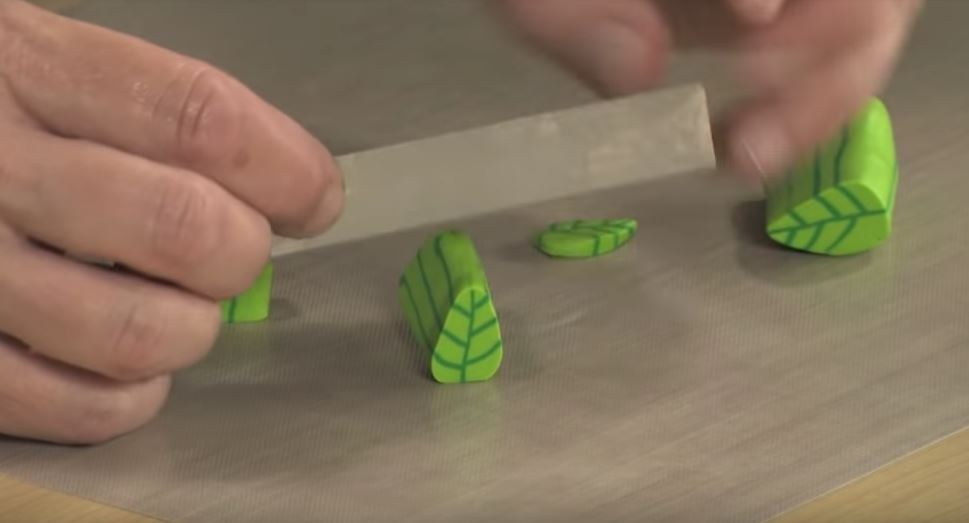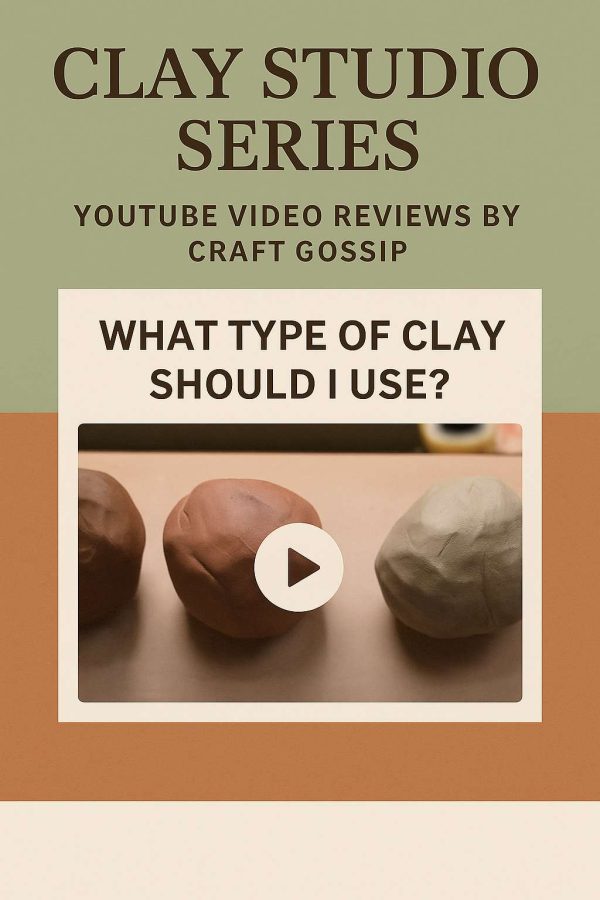
If tackling polymer clay and caning is part of your plans for the coming year… this video(by DickBlick, art supply heaven) is a really great introduction to foundation canes and the tools for it. One of the comments on the video asked about quantities for the canes. For the simpler canes, where you don’t have a specific amount needed, I’d go with 1/2 oz (a 1/4 pack) of each colour or even half of that. It makes a bunch of cane to start with.
Once you get going, and certainly with canes using blends, try to work with at least 1oz per colour in the blend. You’ll always lose some of the cane in the production and the reduction but you can work on that. If you’re very concerned about waste clay, work with colours that can mix to become useful other ones and store your scraps for future use. For example, almost all of my blends are white or other neutral to another hue. That means if I completely bork the blend – which still happens if I’m not paying attention – then I can just mix it and go again.
